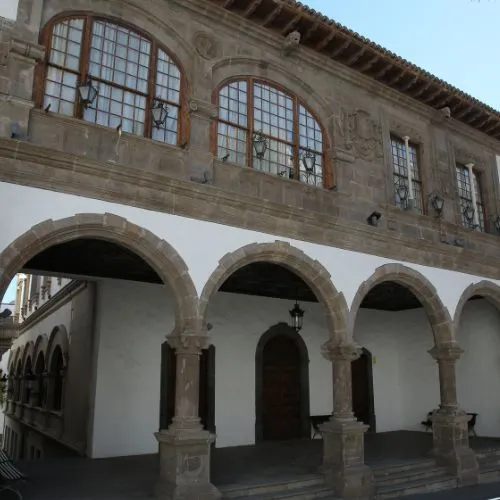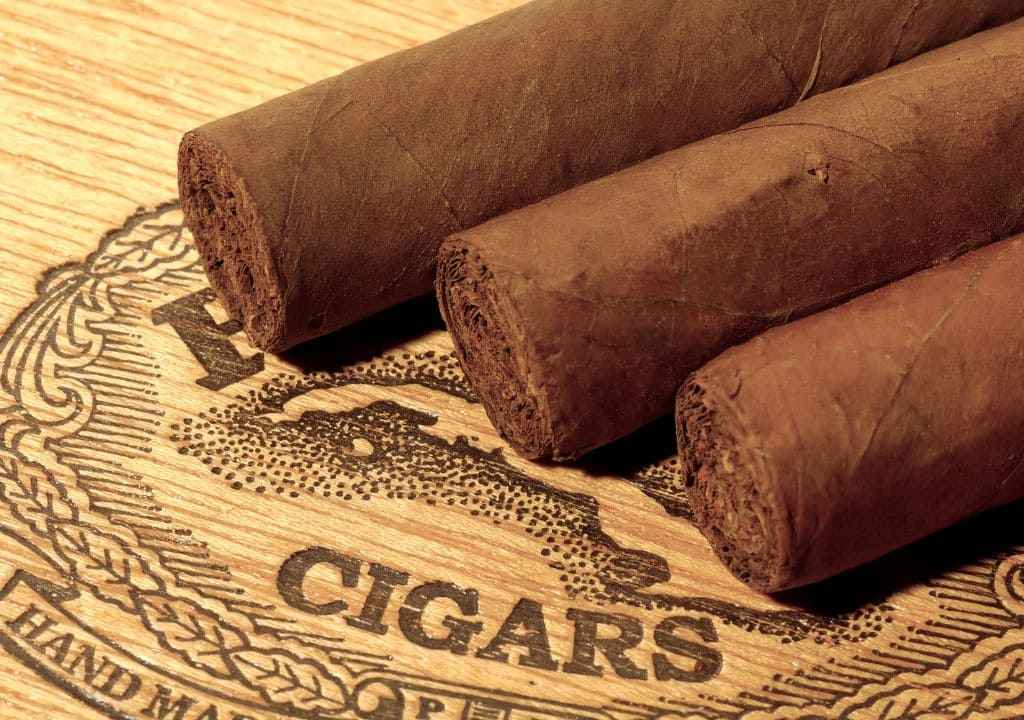La Palma is not only volcanoes, starry skies, and magical trails.
The island’s history is a mosaic of cultures, conquests, and traditions that have shaped the Isla Bonita we know today. From the ancient Benahoaritas to modern tourism, every stage has left deep marks on its landscapes and people.
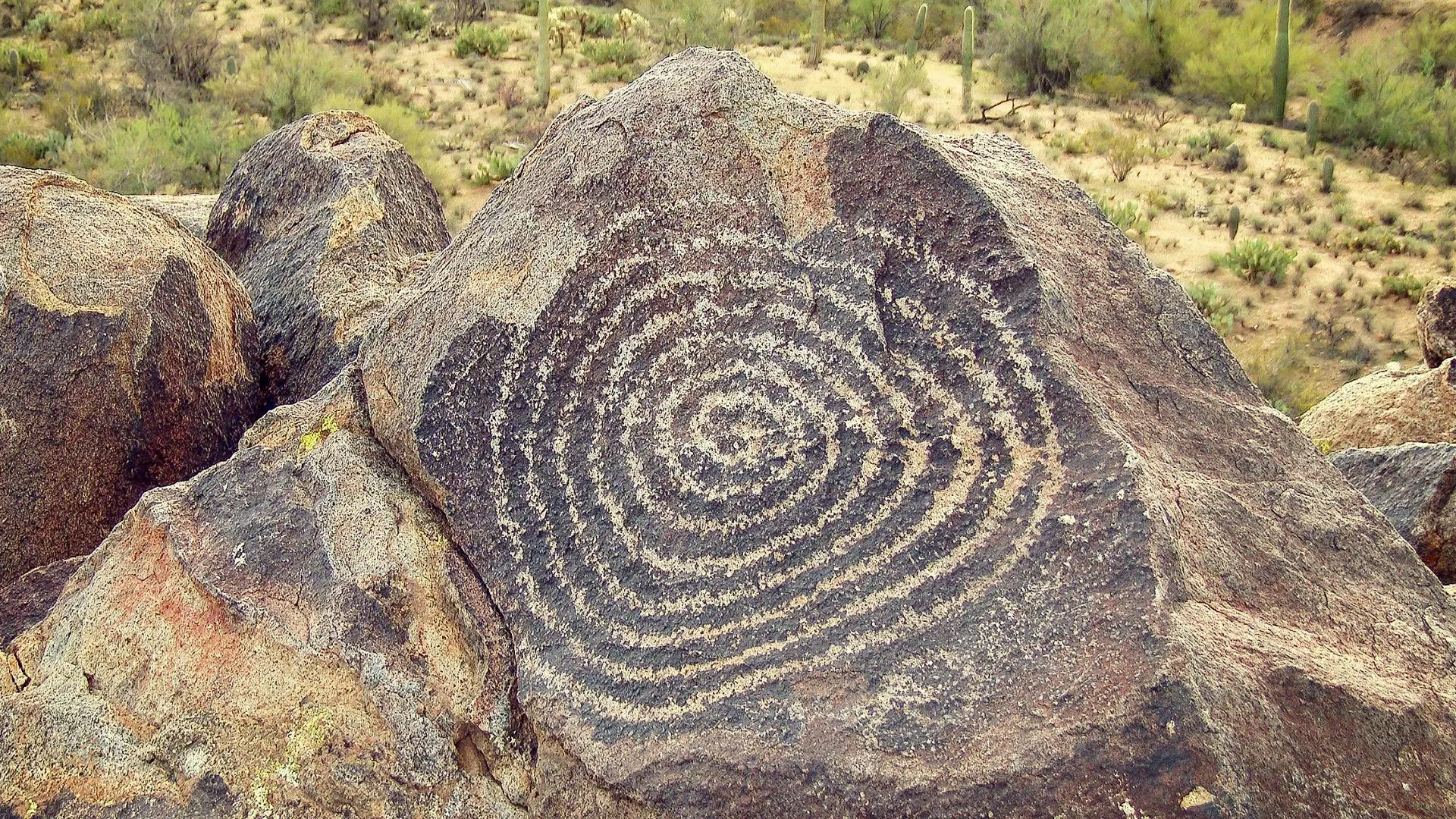
The First Inhabitants: the Benahoaritas
Before the arrival of Europeans, the island was called Benahoare, meaning “my land”. Its inhabitants, the Benahoaritas or Awaras, lived in caves and survived on goats, sheep, pigs, roots, and wild fruits.
Their staple food was gofio, a flour made from roasted cereals and roots, which is still part of Canarian cuisine today.
It is believed they came from Northwest Africa, though it is unclear whether they arrived voluntarily or were expelled by invaders such as the Phoenicians or Romans.
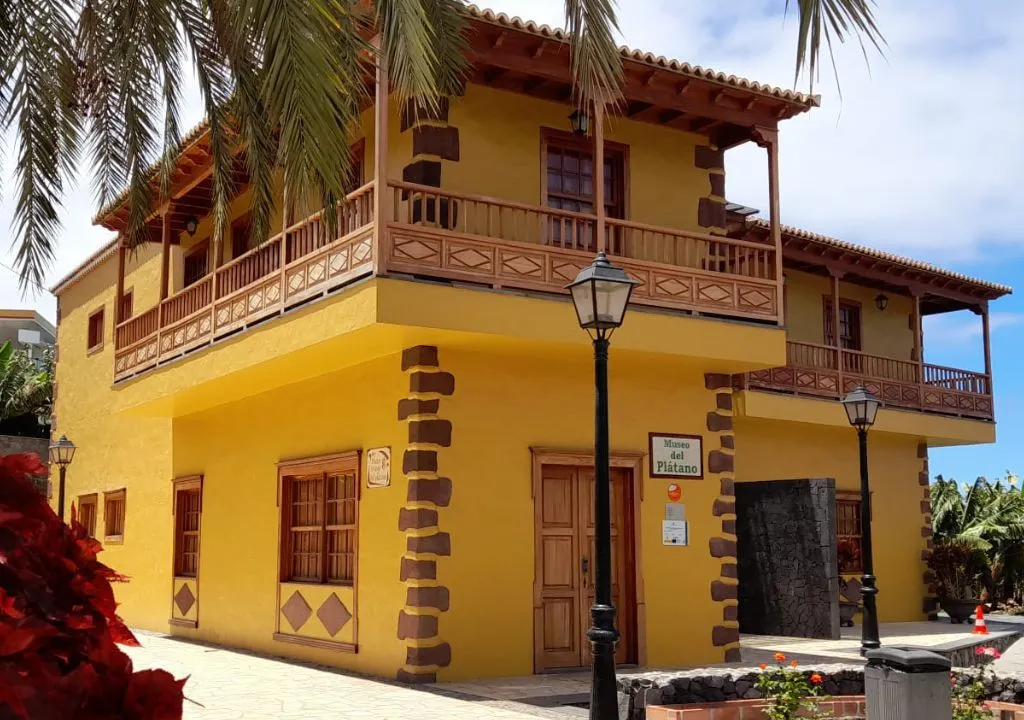
All museums and visitor centers
Discover museums and visitor centers on La Palma to experience the rich history and traditions of the island that have significantly shaped life here.
If you want to learn more, visit the Museo Benahoarita in Los Llanos de Aridane: a must for those interested in the island’s aboriginal culture.
The Castilian Conquest
- In the 13th century, the Genoese sailor Lancelotto Malocello reached La Palma with the first Europeans, but the island was not conquered until 1492.
- In 1492, Castilians landed in Tazacorte, and one year later Alonso Fernández de Lugo completed the conquest, renaming the island San Miguel de La Palma.
- The conquest was relatively peaceful: treaties were signed with some groups of Benahoaritas, which reduced resistance.
Colonization and Agricultural Boom
With the arrival of Castilian, Portuguese, Flemish, and French settlers, the island changed forever.
- Sugar cane was cultivated and later wine, both highly valued in Europe.
- Churches, settlements, irrigation channels, and mills were built.
- Santa Cruz de La Palma became one of the most important ports of the Spanish Empire.
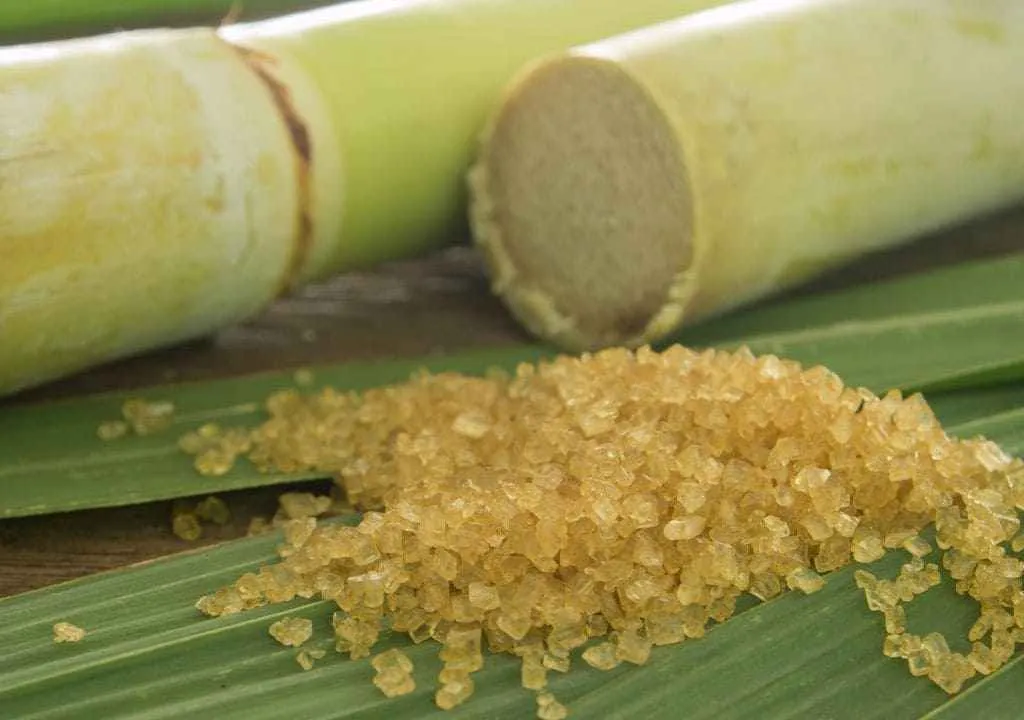
Pirates and Fortifications
The island’s wealth attracted pirates.
- In 1553, pirate François Le Clerc plundered and burned Santa Cruz.
- In 1585, Francis Drake attempted to invade, but was repelled.
After these attacks, the city was rebuilt and fortified
New Agricultural Cycles and Migration (19th century)
The Spanish Civil War and the Postwar Years
In July 1936, the island experienced the Red Week, a short but tense episode in support of the Republican government. Soon after, Franco’s troops took control.
Although the war never reached the Canary Islands directly, the postwar years brought repression, hunger, and mass emigration to Venezuela. Many Palmeros dreamed of a better future away from home.
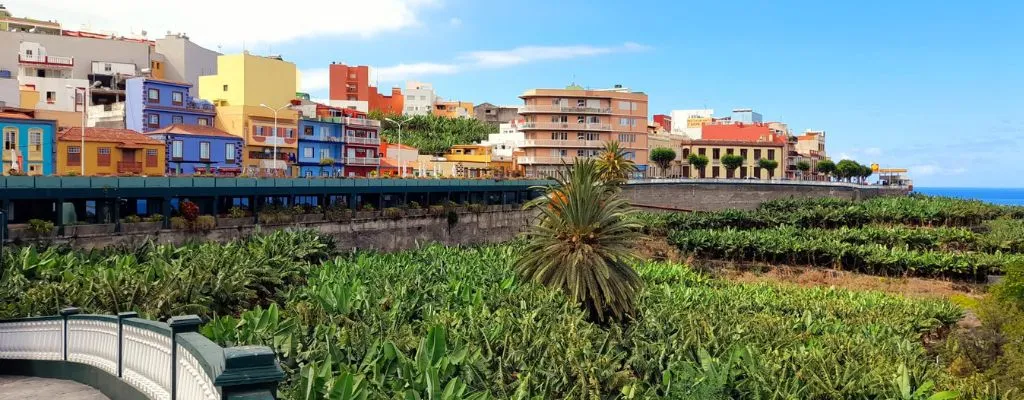
The Modern Era: Tourism and New Opportunities
- In 1950, the first airport was built in Breña Alta.
- In the 1960s and 70s, the first hotels opened and the Cumbre road and tunnel were constructed, connecting Santa Cruz and Los Llanos and reducing travel time.
- In the 1970s, bananas regained prominence, along with the rise of tourism, which slowly diversified the island’s economy.
- With the new airport in Mazo and the arrival of democracy, La Palma opened up to the world, focusing on sustainable tourism, hiking, stargazing, and the protection of its natural and cultural landscapes.
La Palma’s Living Memory
Today, walking across La Palma is like traveling through centuries of history.
The petroglyphs of Belmaco, the colonial houses of Santa Cruz, the handmade cigars of Breña Alta, and the volcanoes shaping the land, are witnesses of an island that always rises again with strength and dignity.
La Palma carries in its people and its land the memory of a powerful past and the promise of a vibrant future.
Chronological Table of La Palma’s History
| Date | Event |
|---|---|
| Before 15th century | The Benahoaritas inhabit the island, called Benahoare |
| 1492 | Castilians land in Tazacorte |
| 1493 | Conquest by Alonso Fernández de Lugo → San Miguel de La Palma |
| 16th century | Sugar and wine boom. Santa Cruz becomes a key imperial port |
| 1553 | Pirate François Le Clerc plunders Santa Cruz |
| 1585 | Francis Drake’s attack repelled |
| 19th century | Decline of cochineal → rise of bananas and tobacco |
| 1936 | “Red Week” during the Spanish Civil War |
| 1950 | First airport of La Palma built in Breña Alta |
| 1970 | Construction of the Cumbre Tunnel |
| From 1980 | New airport in Mazo, consolidation of tourism |

